Portraits in Oversight:
Congress Investigates the Mafia

“[T]he primary purpose always of congressional investigation is to search for knowledge and information to serve as instruction and guide to the Congress with respect to its duty to legislation; to examine into conditions, to ascertain if existing laws are adequate; to deal with those conditions, also to ascertain whether the tools that we have provided by law to our law enforcement agencies are adequate, that they are up to date, if they are effective or if they are deficient and what we should do about it.”
Senator John L. McClellan, September 25, 1963
In 1962, Joseph Valachi, a “soldier” of the Genovese crime family, was serving a 15- year sentence for drug trafficking when he killed a fellow prisoner whom he mistook for a man sent by Vito Genovese, boss of the Genovese crime family, to kill him.[1] He received a life sentence for the murder, but fearing he was still in danger from the Genovese family, he decided to cooperate with law enforcement and later the U.S. Senate, providing extensive information about Cosa Nostra (“our thing”) in New York. In hearings held by the Senate Permanent Subcommittee on Investigations – televised nationwide – Mr. Valachi became the first member of the American Mafia to publicly acknowledge its existence and describe its inner workings to a captivated American audience. His disclosures educated the public about organized crime and motivated Congress to enact tough new anti-racketeering laws, strengthen drug addiction recovery efforts, and establish a new witness protection program.
When the Permanent Subcommittee on Investigations (PSI) learned of Mr. Valachi’s explosive revelations, the subcommittee interviewed him as part of an ongoing investigation into organized crime and illicit drugs led by subcommittee chair Sen. John L. McClellan, a Democrat from Arkansas, and vice-chair Sen. Karl E. Mundt, a Republican from South Dakota.[2] Mr. Valachi eventually became the star witness of an 11-day series of PSI hearings, appearing on five occasions before television cameras that brought his testimony to millions of viewers.[3]
In his opening statement at the first day of the hearings on September 25, 1963, Sen. McClellan explained that the investigation intended to provide new information about the role of organized crime in the United States and the battle to stop its infiltration of American life:

“The existence of such a criminal organization as Cosa Nostra is frightening. This organization attempts to be a form of government unto itself and outside of the law. This tightly knit association of professional criminals demands and gets complete dedication and unquestioned obedience by its members to orders, instructions, and commands from the ruling authority or boss or bosses thereof.”[4]

Sen. McClellan said that the subcommittee would examine, in particular, the role of organized crime in heroin trafficking, including “from the time the opium poppies are harvested in the Middle East … to the unfortunate victim and addict-consumer here in America.”[5] He stated that he hoped the hearings would “provide material and information for legislative study and guidance” as well as “alert the people of our country to the magnitude of this problem and prompt greater cooperation and assistance to law enforcement agencies by individual citizens.”[6]
Attorney General Robert F. Kennedy, also a former chief counsel of PSI, was the first witness. He described what the Department of Justice already knew about organized crime syndicates and what it was doing to stop misconduct generating billions of dollars in illicit profits. He noted that federal law enforcement successes had largely been made possible by federal interstate gambling laws enacted after a previous congressional investigation into organized crime in the early 1950s, led by the Special Committee on Organized Crime in Interstate Commerce, popularly known as the Kefauver Committee. Attorney General Kennedy advocated passage of additional legislation that would allow wiretaps in racketeering cases, grant immunity to key witnesses willing to testify against others, and enable prosecutors to grant immunity to the least culpable individual in labor racketeering schemes involving corrupt public officials.[7] He stressed the importance of Mr. Valachi’s upcoming testimony, because, “[f]or the first time, an insider – a knowledgeable member of the racketeering hierarchy – has broken the underworld’s code of silence.”[8]


Mr. Valachi also detailed the crimes he had committed and that led him to cooperate with law enforcement, believing that he would be killed by the Genovese family if he did not have protection. When asked by Sen. McClellan why he hadn’t just left the organization, he stated that, “Once you are in, you can’t get out ….. They will hunt you.”[16]
Mr. Valachi’s testimony continued four more days, October 1st, 2nd, 8th, and 9th. He shared details about the crime families’ initiation ceremonies, code of silence, murders, and drug trafficking activities. He explained that he had been recruited in 1930, during an undeclared war between bosses Tom Gagliano and Joseph Masseria. He said that after the assassination of Tom Reina, Mr. Gagliano had taken charge of his gang, which was part of the Maranzano family, and began quietly recruiting members so that they could avenge the death without obvious connections to the family.
At the hearing, with subcommittee staff member LaVern J. Duffy, Mr. Valachi walked the senators through a series of murders that occurred during that 1930 – 1931 gangland war.[17] He also told the subcommittee that, in addition to giving him “the kiss of death” while in prison together, Vito Genovese had ordered the murders of at least two other inmates set to testify against him – one was poisoned, and the other was thrown out of a window.[18] As his testimony unfolded in broadcasts across the country, Mr. Valachi essentially became the face of an American underworld gangster, capturing national attention and elevating the problem of organized crime.
Other witnesses corroborated his testimony. For example, Mr. Shanley testified that Mr. Valachi’s testimony was consistent with information collected by the New York Police Department.[19] Detroit Police Commissioner George C. Edwards testified that the Mafia in Detroit was involved with illegal narcotics, prostitution, gambling, and bribery, and had begun to infiltrate legitimate businesses and force respected businessowners to make hefty political donations on behalf of the illicit organization.[20] Police chiefs from Chicago, Tampa, and Buffalo shared similar experiences in their cities.
The Valachi hearings, as they would come to be known, were part of a larger investigation by PSI into narcotics addiction, treatment, and rehabilitation problems afflicting the United States. Testimony was taken from the American Medical Association’s Committee on Alcoholism and Addiction; Wayne State University in Detroit; the U.S. Public Health Service Hospital in Lexington, Kentucky; and more to present the facts. A later subcommittee report noted that the federal government maintained only two hospitals that provided treatment through withdrawal for drug addicts, very little follow-up care was available anywhere in the country to help former addicts stay clean, and very few states had programs or resources to support addicts attempting recovery.[21]
On March 4, 1965, PSI released a bipartisan, 135-page report summarizing the information it had collected on organized crime and the illicit narcotics trade. The report made a number of legislative recommendations including advocating laws that would authorize immunity for testimony, revise existing wiretap statutes, criminalize witness intimidation, allow civil commitment of narcotics addicts, establish a joint task force to stem the flow of illicit drugs from Mexico, and expand addiction research.[22]
Several of its recommendations were adopted by Congress. In 1968, President Lyndon B. Johnson signed the bipartisan Omnibus Crime Control and Safe Streets Act, which included provisions enabling law enforcement to obtain wiretap warrants. It also increased the minimum age for buying handguns to 21 and banned interstate trade of the weapons.[23] The Gun Control Act of 1968, passed just four months later, established the Federal Firearms License system to further regulate interstate commerce in firearms.[24] Two years later, President Richard Nixon signed the Organized Crime Control Act which included a section now known as the Racketeer Influenced and Corrupt Organizations (RICO) Act. The RICO Act, which was introduced by Sen. McClellan, “provides for severer penalties and permits a defendant to be convicted and separately punished for both the underlying crimes that constitute the pattern of racketeering activity and for a substantive violation of RICO.”[25] The law lists 35 crimes considered to be “racketeering activity,” including murder, kidnapping, arson, extortion, bribery, money laundering, slavery, embezzlement, drug trafficking, and acts of terrorism.[26]


In addition, the 1970 Organized Crime Control Act established for the first time the Witness Security Program under the U.S. Marshals Service. This program authorizes the U.S. Marshals Service to provide “for the security, health and safety of government witnesses, and their immediate dependents, whose lives are in danger as a result of their testimony against drug traffickers, terrorists, organized crime members and other major criminals.”[27] As of 2022, the Witness Security Program has protected more than 19,000 participants and has been deemed “a vital and effective tool in the U.S. government’s battle against organized crime, drug trafficking, terrorism and other major criminal enterprises.”[28]
The Valachi hearings not only spurred changes in federal law, it also led to stronger executive branch measures to fight organized crime. After the hearings, for example, Attorney General Kennedy created the first field office of the federal Organized Crime Strike Force, increased the number of attorneys in the Justice Department’s Organized Crime and Racketeering Section, and approved greater use of wiretap surveillance and immunity grants to obtain incriminating testimony.[29]
FBI Director J. Edgar Hoover once stated, “The Valachi case represents the biggest intelligence breakthrough yet in combating organized crime and racketeering in the United States.”[30] His assessment is reflected in the fact that Mr. Valachi remained in U.S. protective custody until his death in prison in 1971. Mr. Valachi’s life and death also inspired subsequent movies and novels exploring organized crime in America. His testimony, for example, was an important source of inspiration for The Godfather by Mario Puzo. In Leave the Gun, take the Cannoli: The Epic Making of The Godfather, the author wrote: “[H]is office and home were awash in research material: transcripts of congressional testimony, newspaper clippings, magazine articles, and books about the Mob,” noting that Mr. Puzo had even “gained access to The Real Thing, Valachi’s personal account of his time in the Mafia.”[31]
The sensational Valachi hearings, by presenting dramatic testimony by a Mafia insider and dedicated law enforcement officials, brought organized crime to the attention of the American public and spurred legislative and law enforcement innovations that still influence how federal agencies investigate and prosecute organized crime today. The PSI investigation enjoyed strong bipartisan support as Congress worked together to enact new laws to address the evolving landscape of narcotics trafficking, gun violence, and other illicit activity perpetrated by criminal cartels operating in the United States. The battle against organized crime continues today.

Listen to our interview with Geoff Schumacher, Vice President of Exhibits & Programs at the Mob Museum in Las Vegas, on Oversight Matters (or wherever you listen to podcasts!)
Learn More
[1] Federal Bureau of Investigation (n.d.). History of La Cosa Nostra. What we investigate. https://www.fbi.gov/investigate/organized-crime/history-of-la-cosa-nostra
[2] Organized crime and illicit traffic in narcotics. (1963). p. 1
[3] Congressional Quarterly. (1964). Crime hearings told of ‘Cosa Nostra’ syndicate. In CQ Almanac 1963 (19th ed.), pp. 1101-1102. CQ Press.
[4] Organized crime and illicit traffic in narcotics: Hearings before the Permanent Subcommittee on Investigations of the U.S. Senate Committee on Government Operations, 88th Cong. (1963). https://babel.hathitrust.org/cgi/pt?id=umn.31951d021591445, p. 2.
[5] Organized crime and illicit traffic in narcotics. (1963). p. 2.
[6] Organized crime and illicit traffic in narcotics. (1963). p. 3.
[7] Organized crime and illicit traffic in narcotics. (1963). p. 17 – 18.
[8] Organized crime and illicit traffic in narcotics. (1963). p. 6.
[9] Organized crime and illicit traffic in narcotics. (1963). p. 11.
[10] Organized crime and illicit traffic in narcotics. (1963). p. 12.
[11] Organized crime and illicit traffic in narcotics. (1963). p. 6 – 7.
[12] Organized crime and illicit traffic in narcotics. (1963). p. 45 – 47.
[13] Organized crime and illicit traffic in narcotics. (1963). p. 66 – 70.
[14] United Nations Office on Drugs and Crime. (2008). Good practices for the protection of witnesses in criminal proceedings involving organized crime. United Nations. https://www.unodc.org/documents/middleeastandnorthafrica/organised-crime/Good_Practices_for_the_Protection_of_Witnesses_in_Criminal_Proceedings_Involving_Organized_Crime.pdf, p. 7.
[15] Organized crime and illicit traffic in narcotics. (1963). p. 248.
[16] Organized crime and illicit traffic in narcotics. (1963). p. 119 – 120.
[17] Organized crime and illicit traffic in narcotics. (1963). p. 161 – 174.
[18] Organized crime and illicit traffic in narcotics. (1963). p. 118.
[19] Organized crime and illicit traffic in narcotics. (1963). p. 247.
[20] Organized crime and illicit traffic in narcotics. (1963). p. 402 – 403.
[21] S. Rep. No. 89-72 (1965). p. 79.
[22] S. Rep. No. 89-72 (1965). p. 101 – 104.
[23] Omnibus Crime Control and Safe Streets Act of 1968, Publ. L. No. 90-351, 82 Stat. 197 (1968). https://www.govinfo.gov/content/pkg/STATUTE-82/pdf/STATUTE-82-Pg197.pdf
[24] Gun Control Act of 1968, Publ. L. No. 90-618, 82 State. 1213-2 (1968). https://www.govinfo.gov/content/pkg/STATUTE-82/pdf/STATUTE-82-Pg1213-2.pdf
[25] Roukis, G.S., & Charnov, B.H. (1985, May). RICO (Racketeer Influenced and Corrupt Organizations Act) statute – implications for organized labor. Labor Law Journal, 36(5), p. 281 – 291.
[26] Organized Crime Control Act of 1970, Publ. L. No. 91-452, 84 Stat. 922-3 (1970). https://www.govinfo.gov/content/pkg/STATUTE-84/pdf/STATUTE-84-Pg922-3.pdf
[27] Witness Security. (2022). U.S. Marshals Service. Retrieved March 13, 2023, from https://www.usmarshals.gov/what-we-do/witness-security
[28] Witness Security. (2022).
[29] Organized Crime: 25 Years After Valachi, hearing before the Permanent Subcommittee on Investigations (1988), p. 2, https://www.ojp.gov/pdffiles1/Digitization/125163NCJRS.pdf
[30] Congress and the nation, 1945 – 1964: A review of government and politics in the postwar years. (1965). Congressional Quarterly, Inc., p. 1772.
[31] Seal, M. (2021). Leave the gun, take the cannoli: The epic story of the making of The Godfather. Gallery Books. p. 35.


